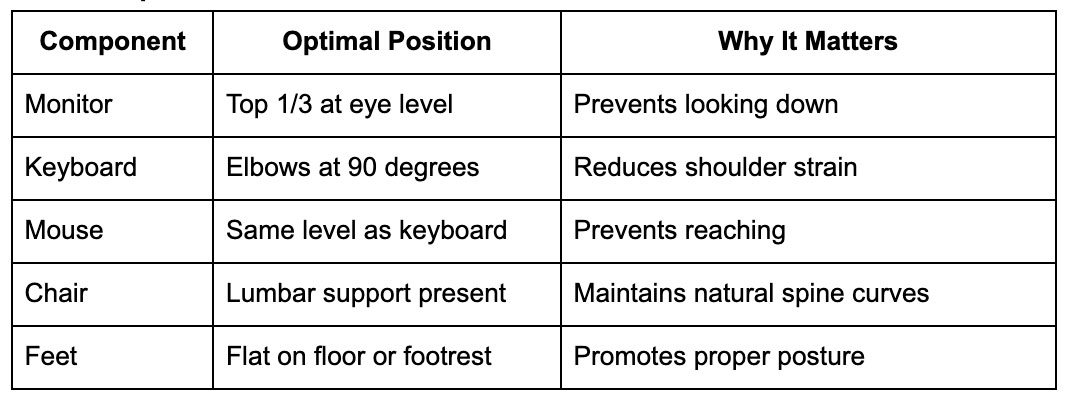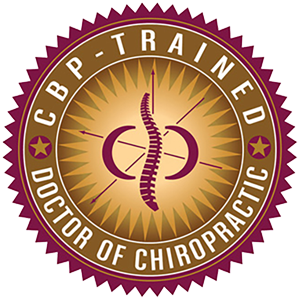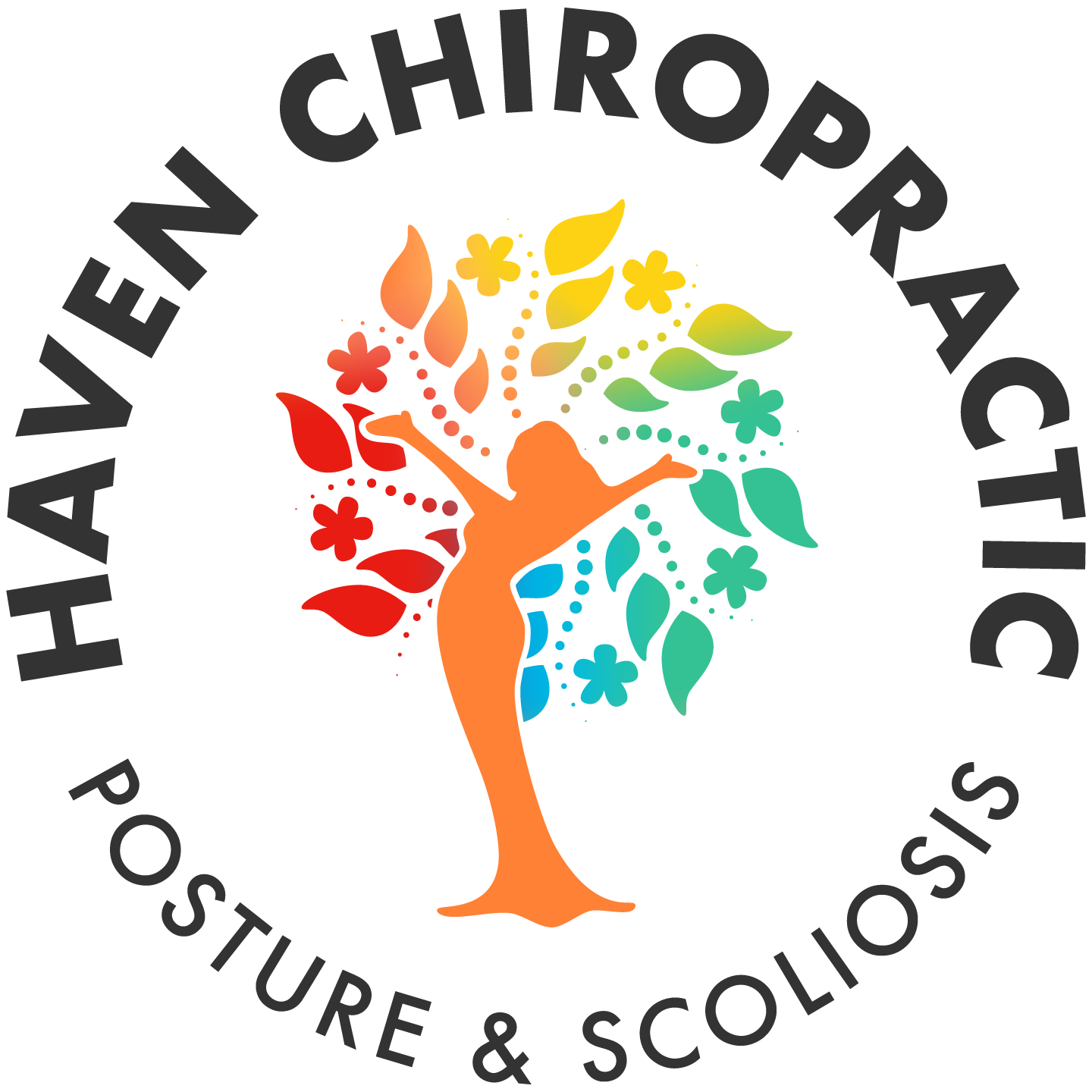5 Tips for How to Fix Tech Neck

With the average person spending 4-6 hours daily hunched over their phones, how to fix text neck has become one of the most pressing health questions of our digital age.
In this guide, we’ll share five practical, science-backed strategies to help you reclaim your neck health and prevent future pain. Whether you’re dealing with mild stiffness or chronic discomfort, these actionable tips will set you on the path to lasting relief.
What Is Tech Neck?
Tech neck – also called “text neck” – is the modern epidemic hiding in plain sight. Simply put, it’s the pain, stiffness, and postural changes that develop from constantly looking down at our devices.
While tech neck, text neck, and forward head posture are often used interchangeably, there are subtle differences. Tech neck encompasses the broader range of symptoms from all digital device use, while text neck specifically refers to pain from texting and smartphone use.
Understanding the Causes of Tech Neck
Poor Device Posture
The most obvious trigger is how we hold our devices. Craning your neck down to read texts, hunching over laptops, or propping tablets on your lap all create unnatural spinal curves that strain your neck muscles.
Extended Screen Time Without Breaks
Your neck muscles weren’t designed for marathon sessions of static positioning. When we stay in one position for hours, these muscles become fatigued and start forming trigger points – those painful knots you feel when you massage your neck.
Muscle Weakness and Imbalances
Modern life has weakened the deep neck flexors while overworking the upper trapezius muscles. This imbalance creates the perfect storm for tech neck development.
Ergonomic Mistakes
Your workspace setup plays a huge role in neck health. Common mistakes include:
- Computer monitors positioned too low
- Keyboards and mice at incorrect heights
- Chairs lacking proper lumbar support
- Desks that are too high or too low
Lifestyle Contributors
Stress, lack of exercise, and poor sleep quality all compound the problem. When you’re stressed, you naturally tense your shoulders and neck. Poor sleep means your muscles don’t get adequate recovery time, and lack of exercise prevents you from building the strength needed to maintain good posture.
See more: Sick of Neck Pain? Here’s What a CBP Chiropractor in Asheville Can Do
Recognizing the Symptoms of Tech Neck
Early Warning Signs
The first hints usually include:
- Morning neck stiffness that improves throughout the day
- Mild soreness after long phone or computer sessions
- Occasional tension headaches at the base of your skull
- Feeling like you need to “crack” your neck frequently
Moderate Symptoms
As the condition progresses, you might experience:
- Upper back pain that spreads between your shoulder blades
- Shoulder tightness and muscle spasms
- Reduced neck mobility – difficulty looking over your shoulder while driving
- More frequent headaches that last longer
Severe Symptoms
- Tingling or numbness radiating down your arms
- Sharp, shooting pains that worsen with movement
- Constant muscle tension that doesn’t improve with rest
- Nerve compression symptoms affecting hand strength
How to Fix Tech Neck at Home: 5 Proven Strategies
1. Master Your Posture Fundamentals
Fix forward head posture by bringing awareness to your daily positioning. Here’s your posture checklist:
- Screen at eye level: Raise your phone, tablet, or monitor so you’re looking straight ahead rather than down
- Neutral spine: Imagine a string pulling the top of your head toward the ceiling
- Shoulders back and down: Roll your shoulders back and let them settle naturally
- Feet flat on floor: If working at a desk, ensure your feet are supported
Pro tip: Place a sticky note on your computer monitor that says “Chin back!” as a visual reminder to reset your posture throughout the day.
2. Implement Strategic Break Protocols
The 20-20-20 rule is your new best friend. Every 20 minutes, look at something 20 feet away for at least 20 seconds. This simple practice reduces eye strain and prompts posture resets.
Additionally, set a timer for gentle movement breaks every 30-60 minutes. Even 30 seconds of neck rolls or shoulder shrugs can prevent muscle stiffness from setting in.
Consider using apps like “Stretchly” or “Time Out” that automatically remind you to take breaks – because let’s face it, we all get absorbed in our work and forget.
3. Essential Stretches and Strengthening Exercises
These tech neck stretches target the specific muscles affected by forward head posture:
Daily Stretch Routine (5 minutes)
Chin Tucks (Posture Reset)
- Sit or stand tall
- Gently pull your chin back, creating a double chin
- Hold for 5 seconds, repeat 10 times
- This strengthens deep neck flexors and counters forward head posture
Neck Side Bends
- Slowly tilt your right ear toward your right shoulder
- Hold for 15-30 seconds
- Repeat on the left side
- You should feel a gentle stretch along the side of your neck
Shoulder Blade Squeezes
- Pull your shoulder blades together as if trying to hold a pencil between them
- Hold for 5 seconds, repeat 10 times
- This strengthens the muscles that support good posture
Weekly Strengthening (3-4 times per week)
Cat-Cow Stretch
- Start on hands and knees
- Arch your back (cow), then round it (cat)
- Perform 10 slow, controlled movements
- This mobilizes your entire spine
Cobra Pose
- Lie face down, palms under your shoulders
- Gently lift your chest, keeping hips on the ground
- Hold for 15-30 seconds
- This counters the hunched posture from device use
4. Optimize Your Ergonomic Environment
Your workspace setup can make or break your posture correction for tech neck efforts. Here’s how to create a neck-friendly environment:
Desk Setup Essentials

Mobile Device Strategies
- Use phone stands or pop sockets to bring devices to eye level
- Invest in a laptop riser and external keyboard for prolonged computer work
- Utilize voice-to-text features to reduce typing time
- Hold your phone with both hands to distribute weight evenly
5. Leverage Support Tools and Recovery Aids
While exercises and posture changes are primary, certain tools can accelerate your recovery:
Active Recovery Tools
- Foam rollers: Target upper back tension and improve thoracic mobility
- Massage balls: Release trigger points in neck and shoulder muscles
- Ergonomic pillows: Support proper neck alignment during sleep
Therapeutic Applications
- Heat therapy: Apply heat for 15-20 minutes to relax tight muscles before stretching
- Ice therapy: Use ice for 10-15 minutes after exercise if you experience inflammation
- Posture reminder apps: Technology solutions like “PostureScreen” can help build awareness
What About Posture Correctors?
Posture correctors can be helpful as temporary training tools, but they shouldn’t become a crutch. Use them for 30-60 minutes at a time while building strength in the muscles that naturally support good posture.
Professional Treatment Options for Severe Cases
When home remedies aren’t enough, chiropractic treatment for tech neck offers targeted solutions that address the root causes of your pain.
Chiropractic Care
At HAVEN Chiropractic, we use specific adjustments to restore normal joint function in your cervical spine. Research by Bronfort et al. (2012) demonstrates that chiropractic care is highly effective for mechanical neck pain, showing significant improvements in both pain levels and function.
Our approach includes:
- Gentle cervical adjustments to improve joint mobility
- Soft tissue therapies to release muscle tension
- Postural rehabilitation exercises tailored to your specific needs
- Ergonomic coaching to prevent future problems
Physical Therapy
Physical therapists excel at creating comprehensive exercise programs that address muscle imbalances. They can teach you advanced strengthening techniques and provide manual therapy for stubborn muscle tension.
Massage Therapy
Therapeutic massage helps break up scar tissue, improves circulation, and provides relief from chronic muscle tension. When combined with chiropractic care, massage therapy can significantly accelerate your recovery.
Your Path to a Pain-Free Neck Starts Today
Tech neck doesn’t have to be an inevitable consequence of our digital lifestyle. With the right combination of awareness, exercises, ergonomic improvements, and professional care when needed, you can reclaim your neck health and prevent future problems.
If you’re tired of dealing with neck pain, stiffness, and headaches from device use, we’re here to help. At HAVEN Chiropractic Posture & Scoliosis in Asheville, NC, Dr. Alaina Gelineau specializes in comprehensive text neck treatment that addresses both symptoms and underlying causes.
Don’t let tech neck dictate your daily comfort any longer. Contact us today to schedule your consultation and discover how personalized chiropractic care can help you achieve lasting relief and optimal neck health.
FAQs
Is tech neck permanent?
No, a tech neck is not permanent. With proper treatment and consistent effort, the vast majority of cases can be resolved or significantly improved. However, the earlier you address it, the better your outcomes.
Can you reverse tech neck naturally?
Yes, many cases respond well to natural approaches including exercise, posture correction, and ergonomic improvements. Best stretches to fix text neck combined with strengthening exercises often provide excellent results without medication or invasive procedures.
What’s the best sleeping position for a tech neck?
Sleep on your back or on your side with a supportive pillow that maintains your neck’s natural curve. Avoid sleeping on your stomach, which forces your neck into rotation for hours at a time.
Is chiropractic care effective for tech neck?
Research consistently shows that chiropractic care is highly effective for mechanical neck pain, including tech neck. A systematic review by Gross et al. (2015) found strong evidence supporting manual therapy approaches for neck pain relief.

Dr. Alaina Gelineau has 12 years of experience in chiropractic care. She is a specialized chiropractor, certified in Chiropractic BioPhysics, focusing on posture correction and scoliosis care in Asheville, North Carolina.



